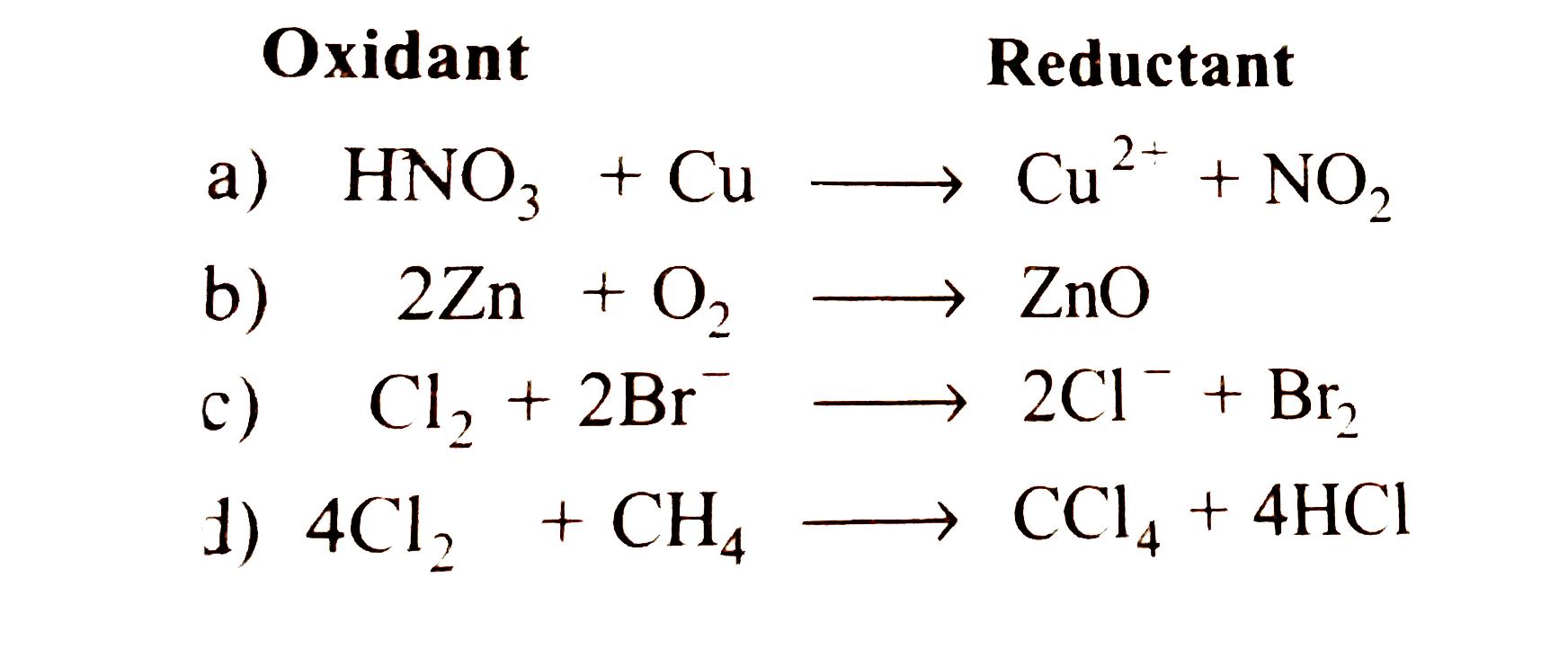If oxidation means losing electrons, what is meant by reduction?
If oxidation means losing electrons , then reduction means gaining electrons .
Similar Questions
Knowledge Check
Oxidation and reduction process involves the transaction of electrons. Loss of electrons is oxidation and the gain of electrons is reduction. It is thus obvious that in a redox reaction, the oxidant is reduced by accepting the electrons and the reductant is oxidised by losing electrons. The reactions in which a species disproportionates into two oxidation states (lower and higher) are called disproportionation reactions. In electrochemical cells, redox reaction is involved, i.e., oxidation takes place at anode and reduction at cathode.
Select the correct statement:Aoxidation takes place at anode in electrochemical cellBreduction take place at anode in electrolytic cellCoxidation takes place at anode n electrolytic cellDall are correctOxidation and reduction process involves the transaction of electrons. Loss of electrons is oxidation and the gain of electrons is reduction. It is thus obvious that in a redox reaction, the oxidant is reduced by accepting the electrons and the reductant is oxidised by losing electrons. The reactions in which a species disproportionates into two oxidation states (lower and higher) are called disproportionation reactions. In electrochemical cells, redox reaction is involved, i.e., oxidation takes place at anode and reduction at cathode.
Which of the following reactions is/are correctly indicated?
 AHNO3+Cu→Cu2++NO2B2Zn+O2→ZnOCCl2+2Br−→2Cl−+Br2D4Cl2+CH4→CCl4+4HCl
AHNO3+Cu→Cu2++NO2B2Zn+O2→ZnOCCl2+2Br−→2Cl−+Br2D4Cl2+CH4→CCl4+4HClOxidation and reduction process involves the transaction of electrons. Loss of electrons is oxidation and the gain of electrons is reduction. It is thus obvious that in a redox reaction, the oxidant is reduced by accepting the electrons and the reductant is oxidised by losing electrons. The reactions in which a species disproportionates into two oxidation states (lower and higher) are called disproportionation reactions. In electrochemical cells, redox reaction is involved, i.e., oxidation takes place at anode and reduction at cathode.
The reaction Cl2→Cl−+ClO−3 is:AoxidationBreductionCdisproportionationDneither oxidation nor reduction
What is meant by self-reduction process?
View SolutionWhat is meant by self-reduction process?
View SolutionWhat is meant by oxidation and reduction?
View SolutionWhat is meant by oxidation and reduction?
View SolutionOxidation and reduction process involves the transaction of electrons. Loss of electrons is oxidation and the gain of electrons is reduction. It is thus obvious that in a redox reaction, the oxidant is reduced by accepting the electrons and the reductant is oxidised by losing electrons. The reactions in which a species disproportionates into two oxidation states (lower and higher) are called disproportionation reactions. In electrochemical cells, redox reaction is involved, i.e., oxidation takes place at anode and reduction at cathode.
Detennine the change in oxidation number of sulphur in H2SandSO2 respectively in the following reaction:
2H2S+SO2→2H2O+3S
View Solution
